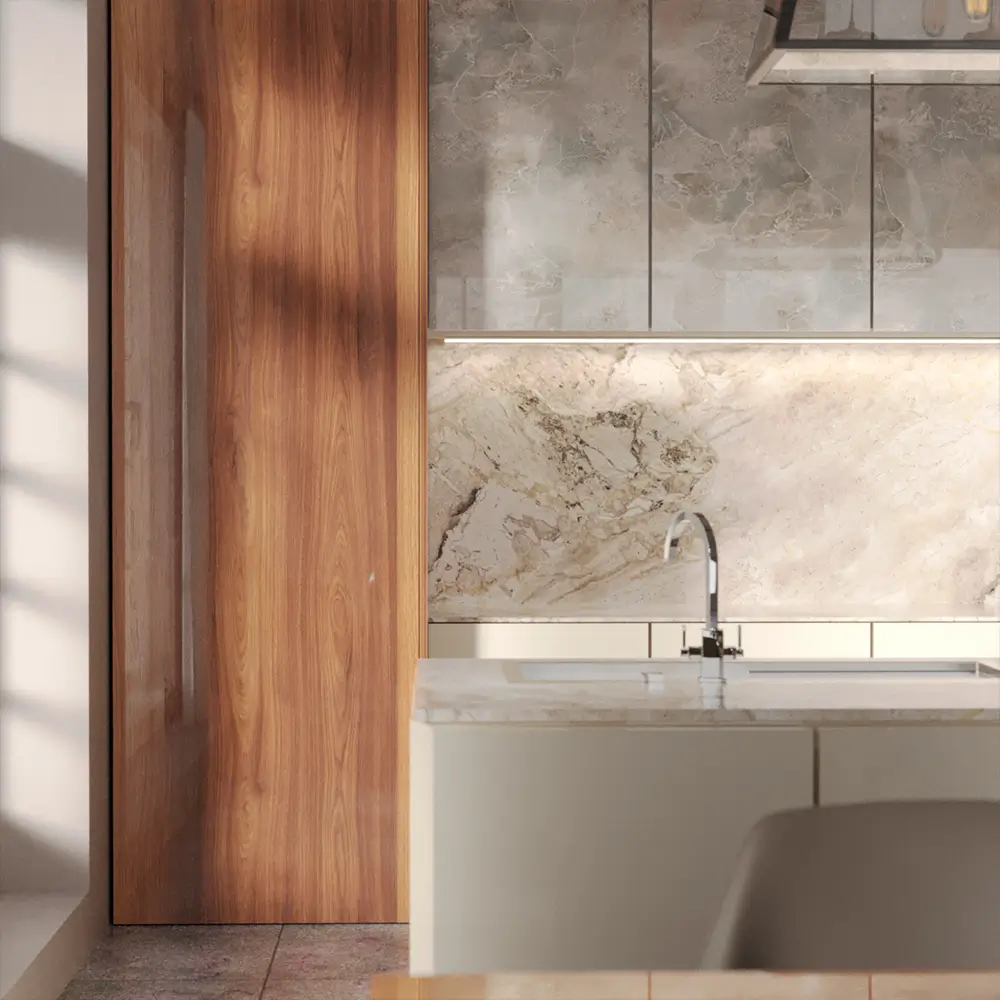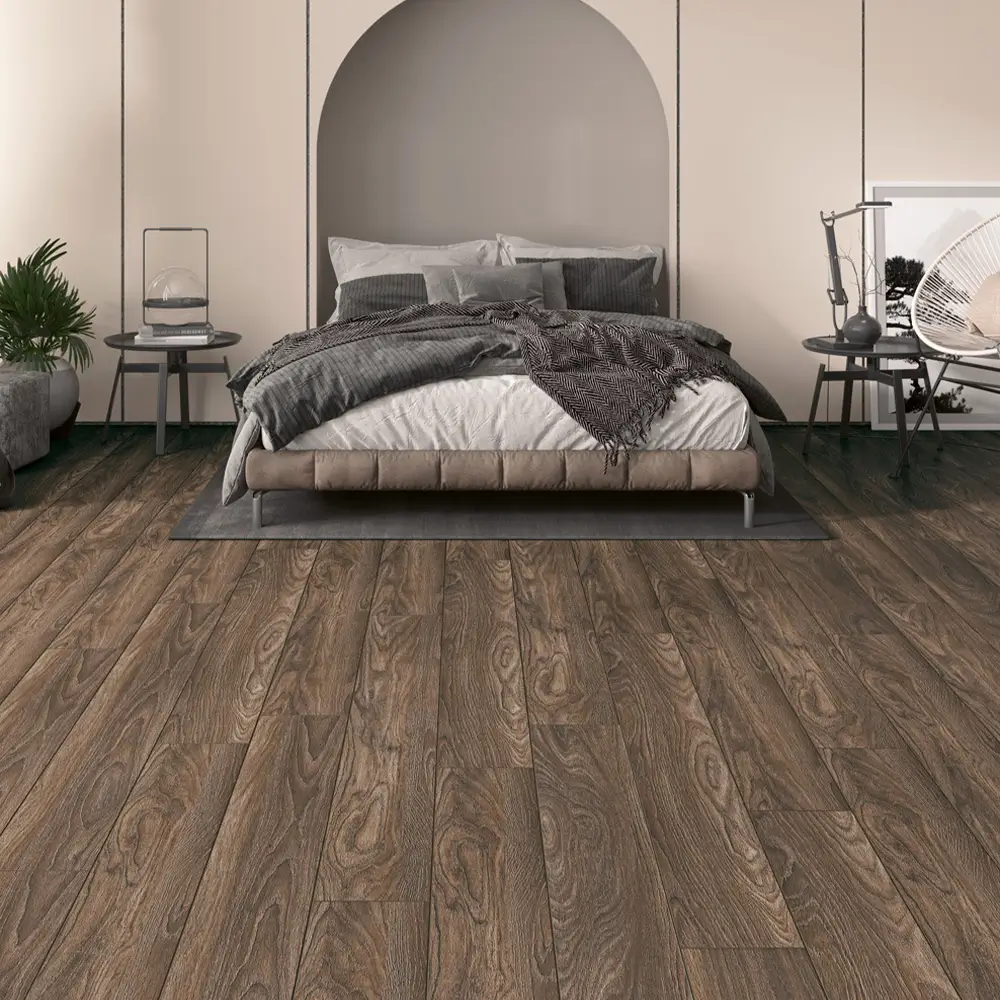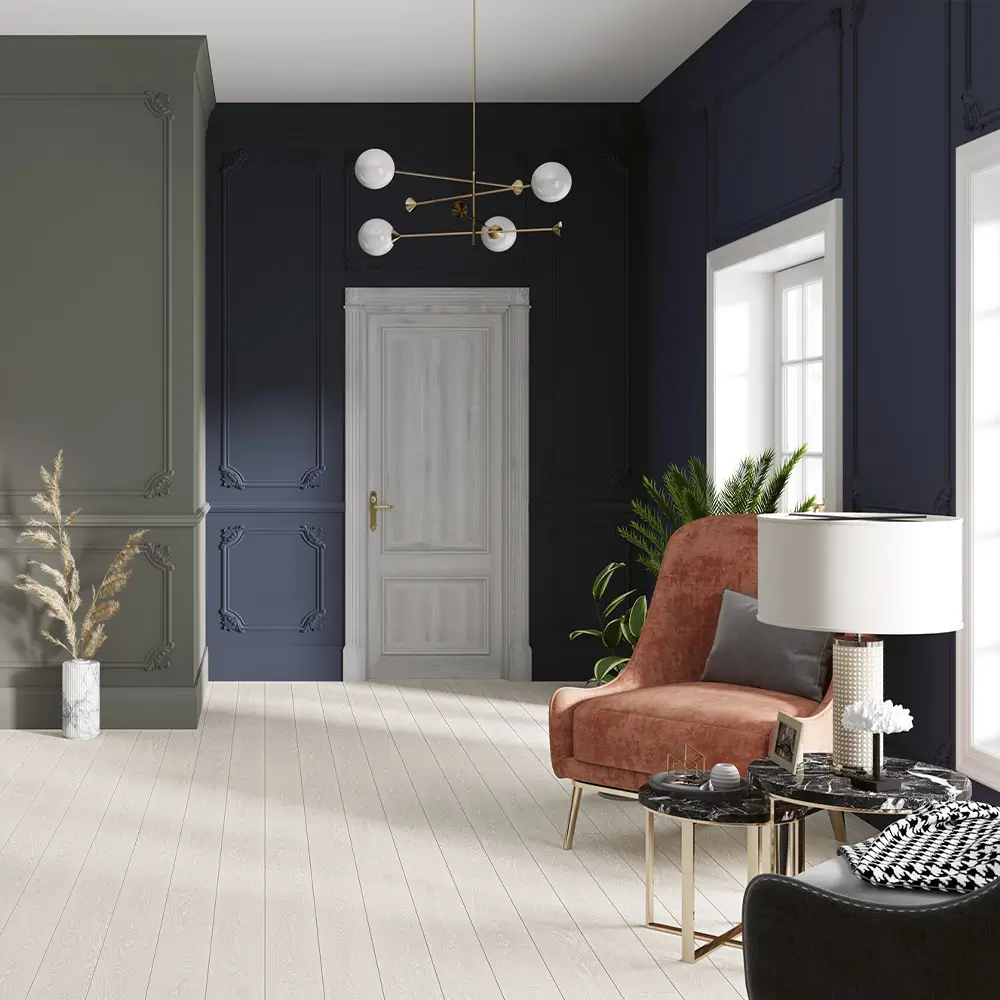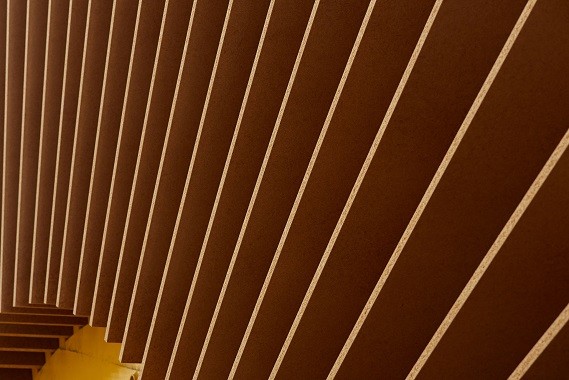
Category
inspiring ideas
inspiring ideas
Wood is one of the most preferred materials in interior design because it is natural and healthy, easy to process, and contributes to creating various atmospheres with many color and texture options. With industrial production, MDF and particle board have started to be used frequently in living spaces as an alternative to solid wood. MDF and particle board with different properties are preferred for different areas of use in line with their structural properties. So, what are the differences between MDF and particle board?
When it comes to choosing furniture, we always encounter these two materials. When choosing the furniture used in living spaces where we spend most of our time, such as offices and homes, the first step should be to recognize the material from which the furniture is made. Knowing the physical properties of the material such as density and strength provides an advantage in selecting the appropriate product. Besides, the product can be used more efficiently when you know how to care for it. In addition to the surface properties of the material, its weight can also affect preferences in product selection.
MDF and particle board can be used in interior furniture such as kitchen cabinet bodies and doors, bathroom cabinets, television units, tables, coffee tables, bookcases and reception tables, as well as for decoration purposes. These two materials, which have different production processes, physical and chemical properties, respond to different needs according to their characteristics. For example, while MDF is preferred as a denser, heavier and more durable material, particle board is preferred as a lighter and more economical alternative for furniture that can be moved and changed and allows flexible use.
Differences Between MDF and Particle Board:
Density
MDF is a denser and more durable material than particle board. While particle board has gaps, MDF is void-free as it is obtained by more intense pressing of pulverized wood pieces. For this reason, MDF provides an advantage over particle board in screw assembly and disassembly.
Weight
MDF is heavier because it is a denser material. Particle board is a much lighter material than MDF
Moisture and Water Resistance
MDF is more water resistant. Furniture made of particle board can be damaged by contact with water.
Strength
In terms of performance characteristics (tensile, bending, etc.) MDF has a stronger structure, i.e. it is statically more durable. The strength value of particle board is lower than MDF.
Surface Properties
MDF can be shaped by milling; this is not possible with particle board. The surface of raw MDF is smoother and more homogeneous and therefore more suitable for painting and shaping.
Advantages and Usage Areas of MDF
Usage Areas: It is used in interior furniture and interior decoration such as kitchen cabinet bodies and doors, bathroom cabinets, television units, tables, coffee tables, bookcases and reception tables. MDF is mostly preferred for colored furniture and furniture designed for use in humid places.
More dense
More resistant to water and impact
More resistant to moisture, therefore MDF is preferred in humid places.
Stronger in terms of properties such as tensile and bending
Can be shaped by milling
More suitable for painting and shaping as its surface is smoother and homogeneous. For this reason, it is more preferred in colored furniture.
Advantages and Uses of Particle Board
Uses: It is used in interior furniture and interior decoration such as kitchen cabinet bodies and doors, bathroom cabinets, television units, tables, coffee tables, bookcases and reception tables.
More economical
Lighter, therefore easier to move and change; preferred for furniture that allows flexible use.


